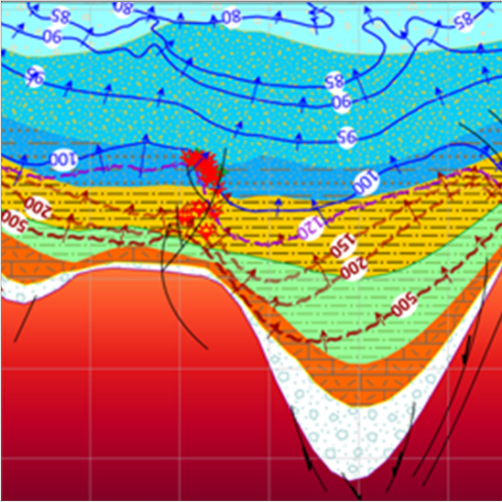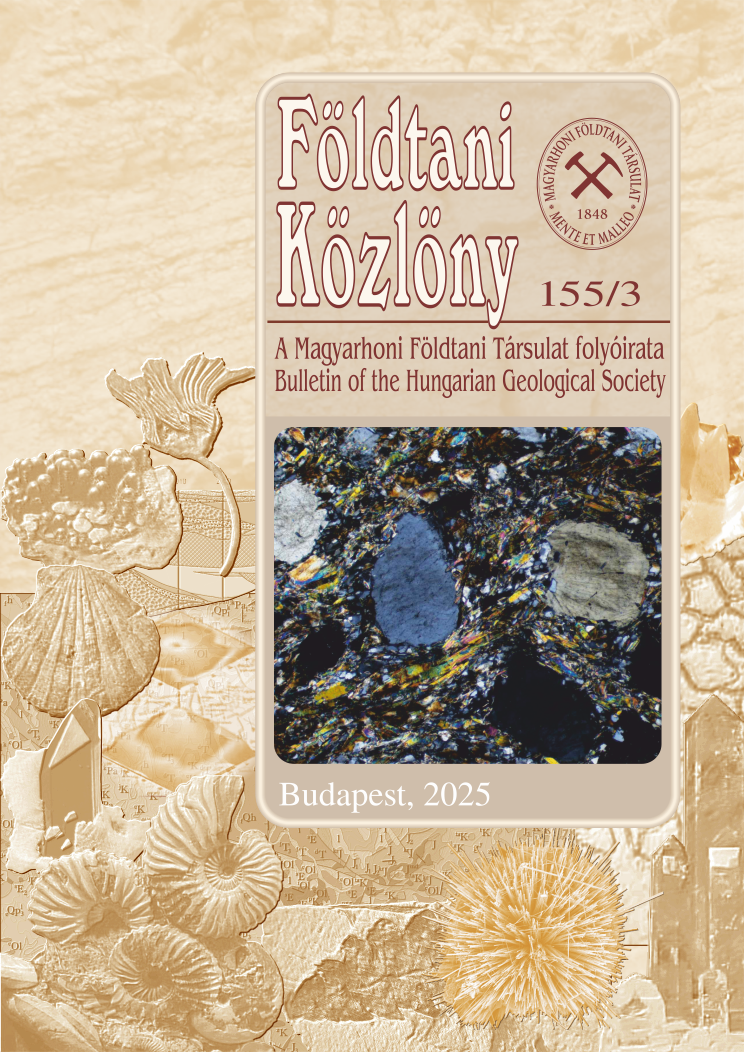150 years of geothermal energy research and utilization in Hungary
Abstract
The present paper discusses the main results of the Hungarian geothermal research and its milestones from the middle of 19th century. While we pay tribute to the esteemed pioneers the discussion is divided into four major periods:
1.) The pioneering times – This is the longest period ranging from the first drilling of thermal exploration boreholes by Zsigmondy in the 1870’s through the expansion of therapeutic-, and spa-wellness tourism and the widespread agricultural utilisation of the geothermal energy until the 90’s. In this era excellent Hungarian researchers and engineers were far ahead of the international trends and established the international reputation of the Hungarian geothermal sector. In this ascending period – among others – well-known and still used water-analytical methods were established (“Than” equivalent percentage), the first international balneological congress was organised (Budapest, 1936), a vast majority of the famous Hungarian medicinal- and thermal water resources were explored, the major thermal groundwater flow systems (both in karstic and in basinal areas) were recognized. The rapidly growing number of thermal-water wells was partly due to the intensive hydrocarbon exploration (transformation of barren hydrocarbon wells), and led to the development of some famous “thermal water centres”, like Szentes, which is still internationally recognized as a casebook for direct use of geothermal energy.
2.) Near past – The period includes the initial steps after the change of the political regime, that covered mainly spa developments (spa tourism duplicated during these decades) and the expanding use of geothermal energy in district heating systems. Progresses include the Hódmezővásárhely cascade system of 18 MWth capacity operating since 1994, as well as the establishment of two major geothermal district heating projects of Miskolc (55 MWth) and Győr (52 MWth) targeting the basement carbonate reservoirs. With the growing number and capacity of district- and space heating projects, the question of reinjection became the focal point of research, especially into porous aquifers. A major step in deep geothermal exploration and exploitation was the introduction of the concessional system in 2012, which accelerated projects targeting combined heat and power production. Nevertheless the first geothermal power plant in the Pannonian Basin was commissioned only in 2018 in a small scale (2,3 MWe) ORC plant in Tura (nevertheless its target reservoir is shallower than the -2500 m concessional limit). All in all, this period is still considered as a climax of the geothermal developments; however Hungary was not the promoter of progress at a European scale any more.
3.) Contemporary projects – The current situation in geothermal energy exploration and utilisation is introduced through recently finished or running major national and international projects in which Hungarian universities, research institutes and companies widely participated. The central geographic position of Hungary within the Pannonian basin was acknowledged in the exploration of transboundary geothermal energy resources, and several projects established joint databases, assessments and recommendations for the enhanced use of the rich geothermal assets in the Central European region together with the neighbouring countries. Frontier concepts and methods of combined heat, power and metal extraction were also studied in international consortia, which pilot results provide firm basis for technological upscaling in the near future.
4.) Research priorities and frontiers – The latest research results are introduced in the context of domestic and international research priorities. Some highly innovative projects address operational issues, and - among others - study various aspects of scaling in strong relation how to increase the efficiency of reinjection into porous aquifers. Novel well-technologies, e.g. the use of laser in enhancing permeabilities is also introduced. Regarding the future growth of the Hungarian geothermal sector, this chapter also highlights the still untapped potential, especially in direct use, where the current utilization is at least one magnitude below the sustainable use of the available geothermal resources. It draws the attention to one of the major bottlenecks, the geological risk and its mitigation, where the increasing knowledge of the subsurface and the systematic collection, assessment and publication of geoscientific data is a key issue.
The delineation of the single chapters is not sharply defined, they should rather be considered as thematic borders. During the discussion we shortly refer to geological, hydrogeological, geochemical and geophysical connections, but these contexts are not elaborated in full as these are discussed in separate papers of the commemorative issue of the „Földtani Közlöny”.
















